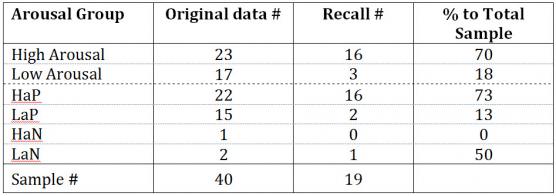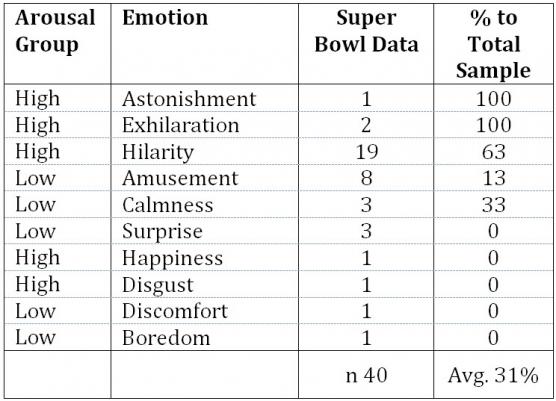Super Bowl 2013: What Brands Should Do To Make Their Ads More Memorable
As the advertising world counts down the days till Super Sunday, Dr Karen Nelson-Field reveals what buttons advertisers needs to push to get their content remembered.
Writes Dr Karen Nelson-Field, of the Ehrenberg-Bass Institute of Marketing Science
While advertisers strive to be seen, it’s equally as important to be remembered. Why? Because advertising works by refreshing and building memory cues that are linked to the brand. It is widely accepted that a social video ad must be remembered to make an impact in a purchase situation.
There are two critical elements to being remembered: being well branded and getting noticed. Being well branded is about making it easier for customers to recognise that is you that is advertising, not your competitors.
Getting noticed is about having content that can cut through the clutter in order to catch the viewer’s attention. So what makes content get noticed and aid memory? It may seem that a high level of views and being remembered go hand in hand, but they don’t. Our data show that videos that are highly viewed can also be poorly recalled (and vice versa).
We have previously discussed the role emotions play in the sharing success of video. We know that video content that evokes high arousal (and positive) emotions are shared the most. We also know that “more likeable” ads are more immune to clutter and that likeability can be linked to emotional campaigns. Could our measure of quality content be linked to better recall? Can arousal assist in the quest to cut through and get remembered?
We tested this on Super Bowl data already coded by emotion evoked (n 40). All coders were asked to recall what videos they remember seeing two weeks after exposure. We did this by asking them to briefly describe the content of a video they remember coding. For example: “the one where the man was walking his dog, then he found himself transformed into another world full of chocolate bars”. While advertising recall does have its faults, grounded mainly in the unreliable nature of our memories, overall recall is a universally accepted measure of advertising effectiveness.
We considered the recall as a proportion to the total arousal group, not as a proportion to the total recalled. Looking at the data this way ensures that we are describing the recall of each arousal group, not its relative prevalence.
It seems our measure of quality content (highly arousing content) is linked to better recall. We find that videos that evoke high arousal emotions are the most remembered, in fact more than 3 times more. Overall of all high arousal videos seen – 70% were recalled. Overall of all low arousal videos seen – 18% were recalled.
But which specific emotions were the most recalled?
Astonishment, exhilaration and hilarity reigns supreme. Videos that evoked low arousal positive emotions were simply not recalled amongst the clutter.
The lesson here for marketers is that to get shared and remembered you must ensure that your content is highly arousing. Anything less would seem ill-fated.


